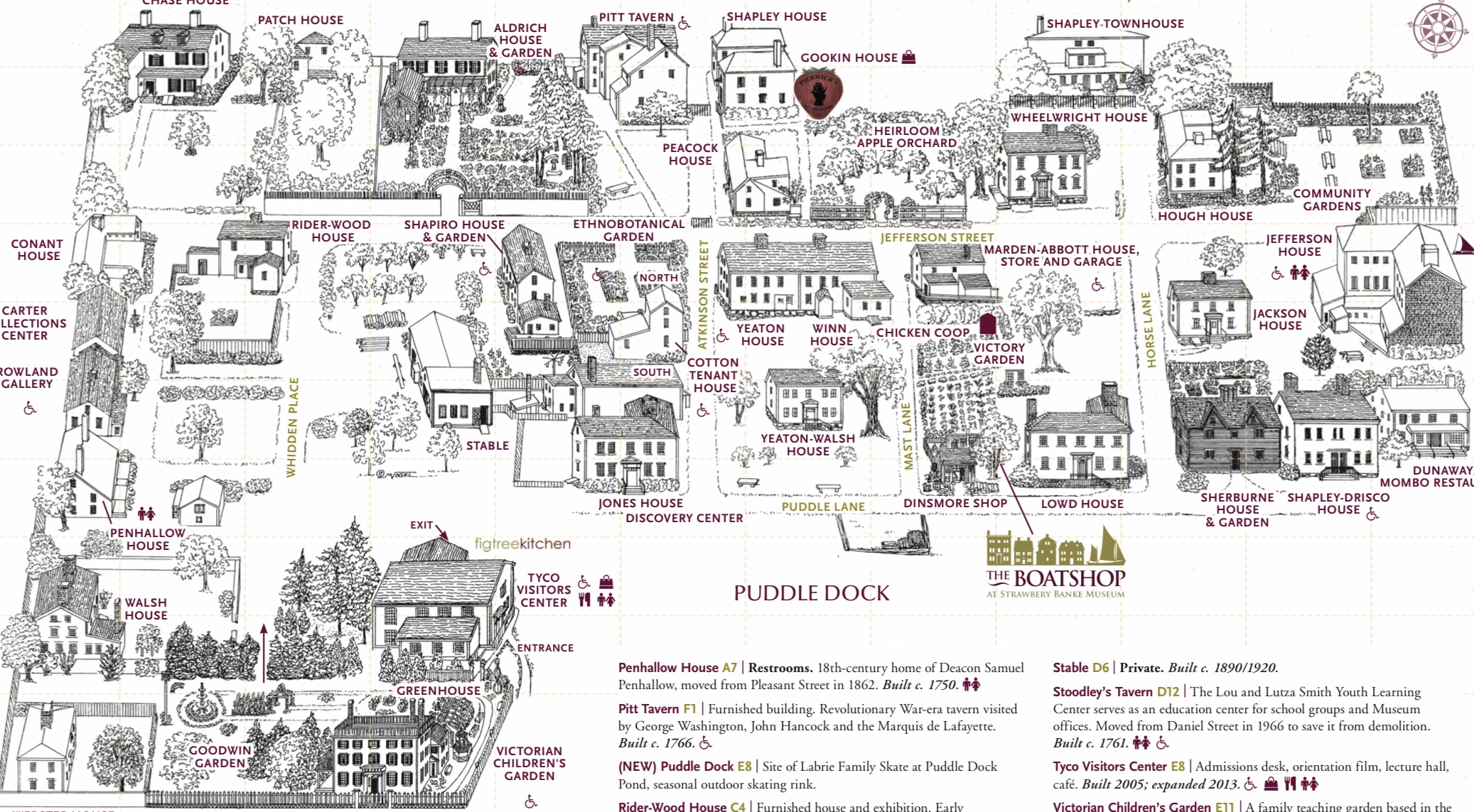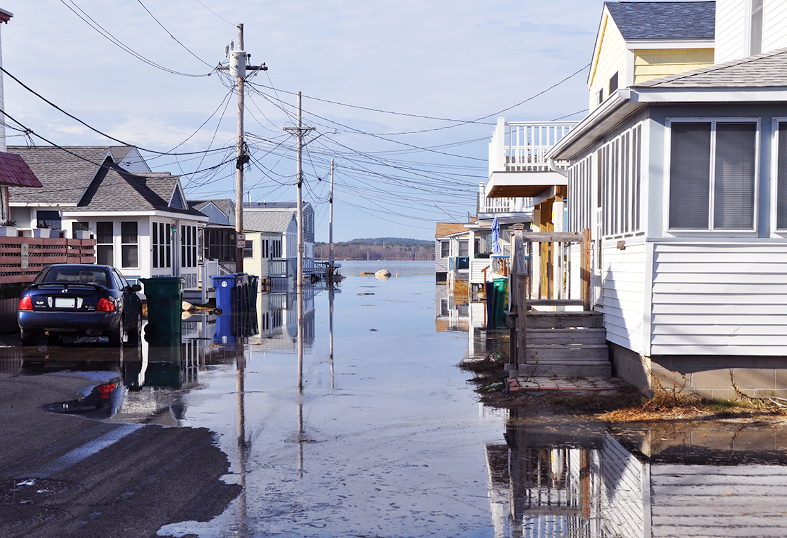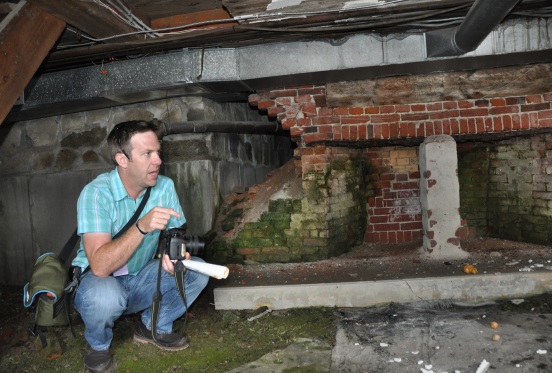In 1630 English settlers established a location along the banks of the Piscataqua River around an inlet that later became known as Puddle Dock. This inlet was filled in between 1899 and 1907 with debris. In the early 20th century, this area became a working-class neighborhood. Today, this location is a 10-acre living history museum composed of 32 original structures built between the 1600s and the mid-1900s, still on their original foundations. But these structures and their foundations are now at risk do the effects of global warming and sea-level rise.


Since the 1800s, human activities such as the burning of fossil fuels have been primary drivers of global warming. The warming of our planet has increased average sea levels around the globe due to thermal expansion of sea waters and increases in the melting of polar ice and mountain glaciers. According to the United Nations International Panel on Climate Change (IPCC), from 1900 to 2010, global mean sea levels rose between 0.17 to 0.21m. It is further predicted that this trend of rising sea levels will continue through this century.
Today basement flooding within the Strawbery Banke historic neighborhood has been linked to the pushing up of the local water table by tidal forces from the nearby Piscataqua River. Times of very high tides have shown regular flooding of local basements. This flooding puts the structural fabric of these buildings at risk of rot and deterioration by inundation and high humidity. Further increases in local sea levels are expected to exacerbate these effects.

System design and implementation by University of New Hampshire, Geospatial Science Center (https://gis.unh.edu)